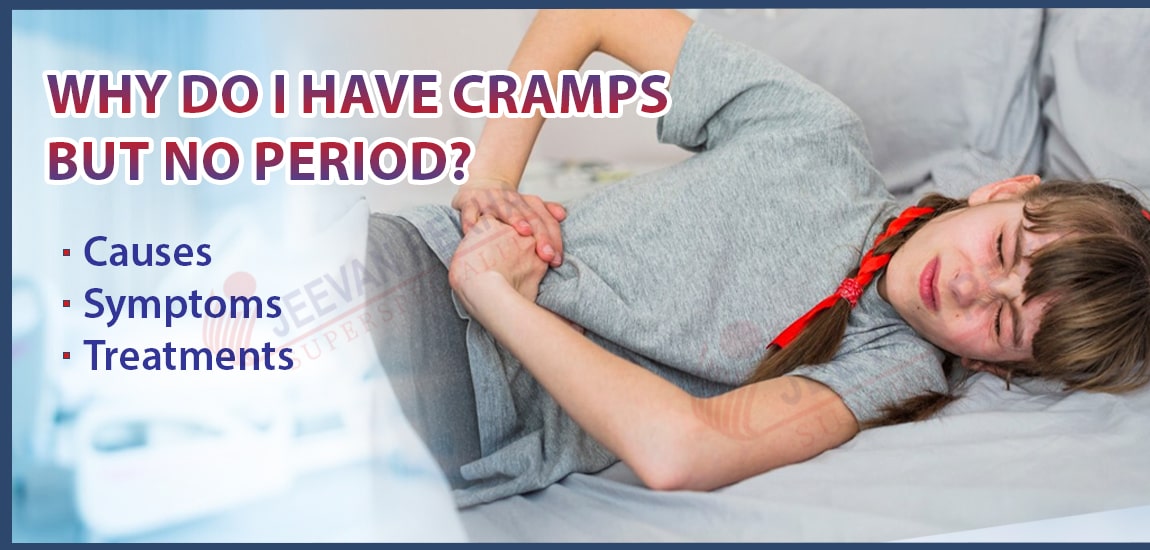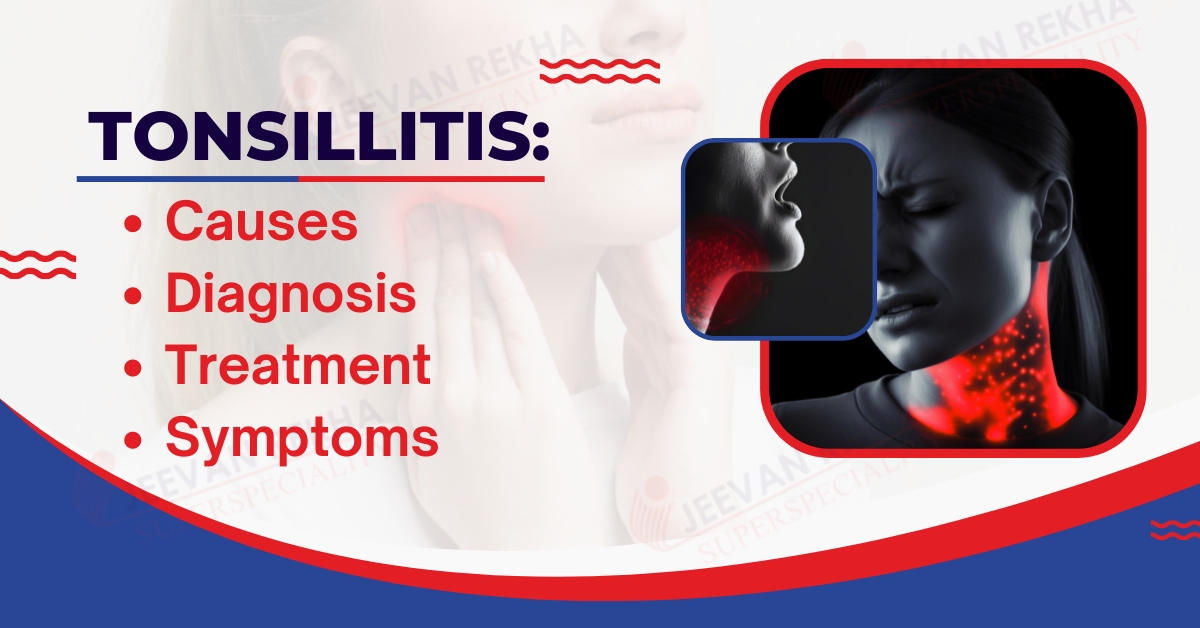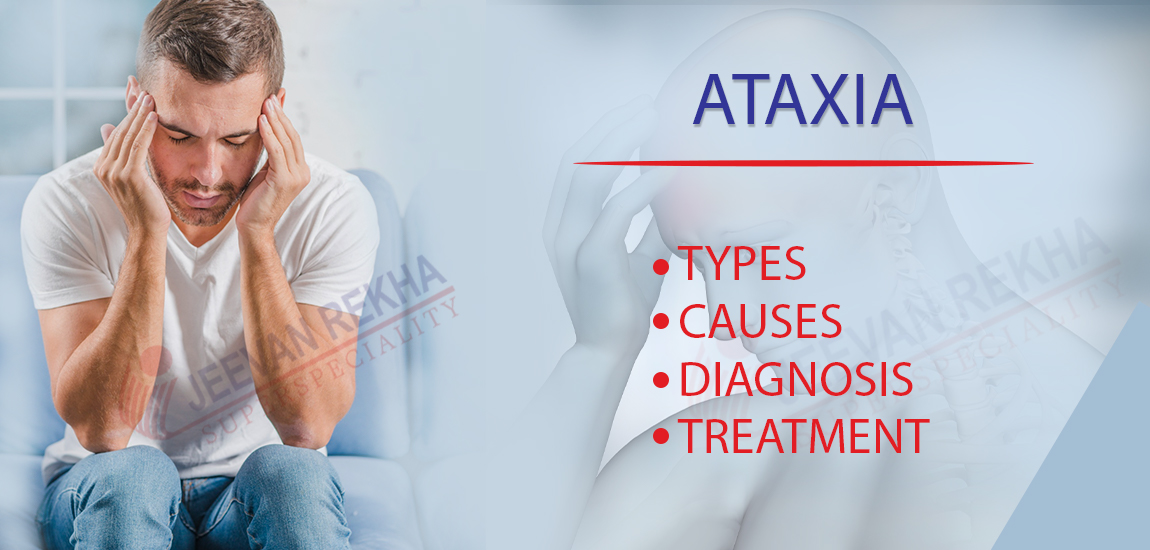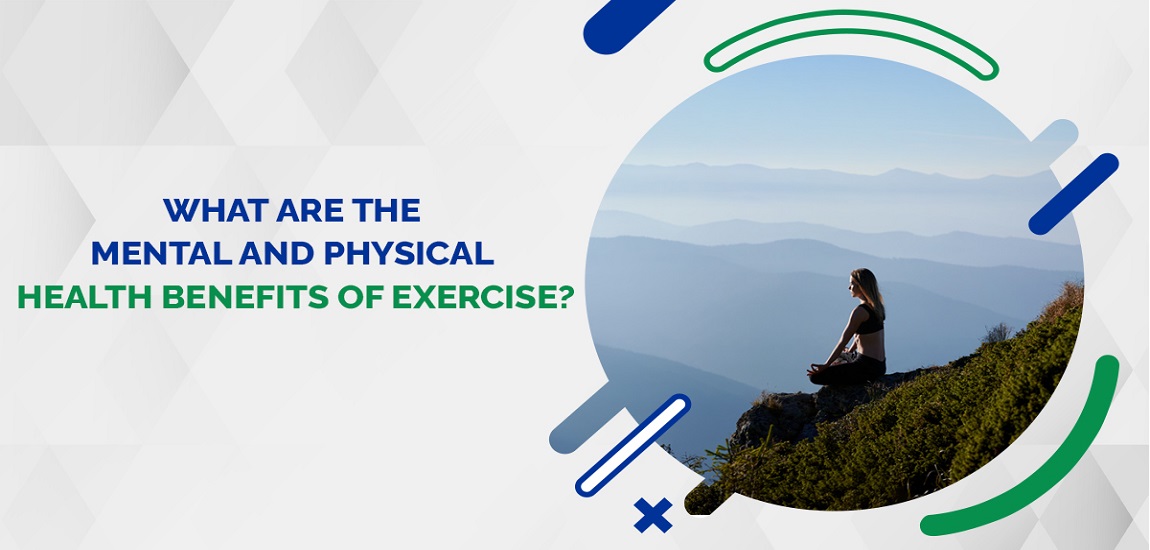
- By JRSH admin
- In Health and Tips,
- Posted November 12, 2024
Why Do I Have Cramps But No Period?: Causes, Symptoms, and Treatments
What are Cramps Without Period?
Cramps without a Period is abdominal or pelvic pain that occurs independent of the menstrual cycle or menstruation.
Cramps unrelated to periods can stem from things like ovulation (when an egg releases from the ovary), early pregnancy (because of implantation cramping) and hormones, along with a hit list of gastrointestinal or reproductive disorders such as polycystic ovary syndrome (PCOS), endometriosis or fibroids.
Though these cramps are not connected with the typical menstrual bleeding, they can be unpleasant and happen at techniques during the menstrual cycle. If the cramps do not go away or are severe, it is best to see a doctor in order to make sure there is no other illness.
What Causes Cramps Without Period?
Here are some of the common reasons:
- Ovulation (Mittelschmerz): Mild one-sided lower abdominal pain that results from the release of an egg halfway through the menstrual cycle.
- Implantation cramping; Uterine expansion early in pregnancy
- Hormonal Changes: Changes in estrogen and progesterone levels, seen in disorders such as PCOS or thyroid problems, can also lead to cramping.
- Abdominal Pain Outside of Menopause Should Be: Roadways - Control functionalities like IBS, obstruction or gasoline could cause stomach cramping petty-related for your cycle.
- Endometriosis– A painful disorder in which tissue similar to the lining of the uterus grows outside of the uterus causing chronic pelvic pain and cramping
- Uterine Fibroids — Benign masses in the uterus that may cause cramping and pelvic pressure.
- Urinary tract infections (UTI): Pelvic cramping and urinary pain can be due to broad absence of bladder infection or other issues with the bladder (eg, interstitial cystitis).
- Pelvic Inflammatory Disease (PID) — Infection of the reproductive organs (usually by STIs) that results in pelvic pain and cramping.
- Gastrointestinal symptoms—anxiety, stress: Emotional tension can provoke agitation at the intestine, resulting in cramping (often related to abdomen distress)
- Other conditions: Cramps can also result from bladder infections, gallstones, pelvic adhesions or musculoskeletal causes.
You can read also:- Comprehensive Guide to Ear, Nose, and Throat (ENT) Infections
Symptoms of Cramps Without Period
Common period less cramp symptoms involve:
- Sharp, dull or throbbing pain in the pelvic area or abdomen.
- Sense of bloating or fullness.
- Alterations in stool (loose stools or stomach blockage)
- Nausea (particularly during pregnancy or related to intestines)
- Difficulty urinating (if from UTIs or bladder problems)
- Type of Pain during Intercourse (caused by endometriosis or PID)
- Early pregnancy or hormonal imbalance (spotting/light bleeding).
- Chronic fatigue (related to hormonal changes or chronic pain).
- E.g Uncommon discharge (w/ infections such as PID)
- Back pain (occur frequently if suffering from endometriosis or fibroids)
- Physical signs of stress or anxiety (headaches, irritability, muscle tension)
Treatments for Cramps Without Period
The approach to treating period-like cramps will vary and will be tailored differently depending on the underlying cause of the pain. Here are some treatments aimed at addressing certain conditions —
1. Ovulation Cramps
- NSAIDs: Over-the-counter pain medications such as ibuprofen or acetaminophen can be taken to help relieve pain.
- Other modalities: A heating pad or warm bath can help relax the muscles to provide relief.
- Activity modification: It may help to sit back and refrain from any physically demanding activities when one experiences mild pain.
2. Pelvic Inflammatory Disease
- Antibiotics: PID is caused by a bacterial infection, therefore antibiotics should be used in this case to treat the infection.
- NSAIDs: As with almost all pelvic stretching, ovaries and uterus pains would also cause pain and inflammation which NSAIDs will help manage.
- Hospitalization or surgery: Regardless of sterilization or damage to reproduction structures, if the infections become too severe, healthy action would be required to allow layered infections to heal.
3. Endometriosis
- Hormonal Treatments: For any built endometrial tissue growth and pain, birth control pills or even an IUD or GnRH agonists will help suppress endometrial tissue growth.
- Pain management: Pain as a symptom can be controlled with NSAIDs or even prescription painkillers.
- Laparoscopic surgery: Nearby endometrial growths in patients affected by excessive endometriosis become uncontrollable and require removal through surgery.
- Pelvic physical therapy: Screaming pain in any physical activity that involves the lower region of the body may disrupt pelvic control. Physical therapy is beneficial for some female patients to assuage pain and enhance pelvic function.
4. Uterine Fibroids
- Hormonal therapies: Such medications are the contraceptive pill or hormonal IUDs, which help in decreasing the size of the fibroids and symptoms.
- Pain relievers: Pain can be controlled with nonsteroidal anti-inflammatory drugs, for instance, ibuprofen.
- Surgical options: Where the fibroids are large or symptomatic, myomectomy (surgical removal of fibroids) or hysterectomy (surgical removal of the uterus) may be the only options.
- Uterine artery embolization: A non-invasive method to treat uterine fibroids that block blood supply to fibroids and eventually cause them to shrink.
5. Irritable Bowel Syndrome (IBS)
- Dietary changes: Introducing more fibers, removing trigger foods or keeping to a low FODMAP diet can help manage the symptoms of IBS.
- Antispasmodic medications: Some of these agents help to alleviate abdominal cramping.
- Probiotics: These can be beneficial for gut health as well as in relieving bloating and discomfort.
- Laxatives or anti-diarrheal medications: They help in normalizing the altered patterns of bowel movement.
- Stress management: Inducing practices like yoga, meditation or using cognitive behavioral therapy (CBT) can reduce the severity of symptoms.
6. Stress or Anxiety
- Stress management: Engaging in whatever works for the person, relaxation techniques such as deep breathing, meditation, yoga etc can help reduce the severity of stresses and related cramps.
- Therapy: CBT can work very well regarding the anxiety or stress that has a physical counterpart.
7. Urinary Tract Infections (UTIs) or Hyperactive Bladder Syndrome
- Antimicrobials: UTIs need to be treated with antimicrobials.
- Analgesics: Phenazopyridine is a medication that can reduce pain from UTIs.
- Large volumes of fluid: The intake of fluids may expand the urinary tract and decrease irritation.
You can read also:- Hiatal Hernia: Symptoms, Causes, Diagnosis and Treatment
Prevention of Cramps Without Period
In order to avoid cramping in the absence of a period, do the following:
- Keep a nutritious food plan: Include fiber, fruits and vegetables, and lean protein alternatives for proteins in the diet while staying away from certain food types which may worsen problems such as IBS.
- Drink plenty of fluids: Water can ease bloating and discomfort by providing adequate hydration.
- Keep active: Working out on a regular basis would help in normalizing hormones levels and decreasing stress which could lead to the body getting cramps.
- Use effective coping strategies: Yoga, meditation or participating in breathing exercises can help people who often experience cramps due to stress.
- Understand significant changes in hormones: Remember to observe your menstrual cycle and reach out to a medical practitioner who specializes in hormonal issues such as PCOS in women who have irregular cycles and experience cramps.
- Limit alcohol consumption and do not smoke: These can worsen pelvic and gastrointestinal problems that cause the abdominal area to become cramped.
Tags
Blog Search
Latest Posts
-
5 Tips for a Happy and Healthy Summer
February 27, 2025 -
Body Ache (Pain): Causes, Symptoms and Treatment Options
February 10, 2025 -
Fatigue and Exhaustion: Causes, Symptoms, and Treatment
January 08, 2025 -
Testicular Health: Essential Facts and Care Tips for Men
December 27, 2024 -
Neuroendocrine Tumors: Types, Symptoms, Risk Factors & Treatment
December 26, 2024




